October 31, 2018 November 14, 2018
An Introductory Guide to Whirlyburly
“When the hurlyburly’s done, when the battle’s lost and won.”
– Second Witch, Macbeth 1.1.4
Question: What do you get when you take Capture the Flag, Rock-Paper-Scissors, Splatoon, and Fire Emblem, and throw them all in a blender? Answer: A subtle reference to a classic play and a surprisingly clever minigame! Whirlyburly can definitely be confusing, so allow me, your local Earthwalker, to lend a hand!
PART ONE: GENERAL RULES
Whirlyburly has a lot of rules to throw out at you at once, but let me try to explicate them as best I can. First off, THE PIECES.
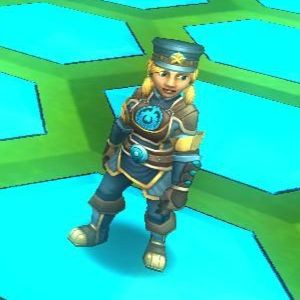
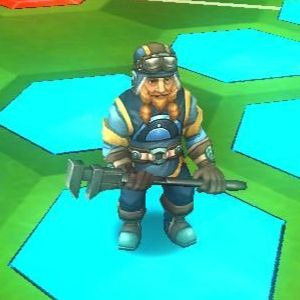
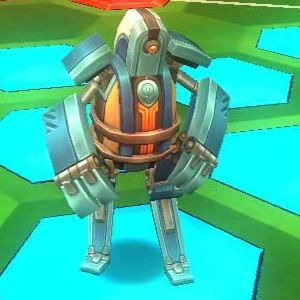
There are three pieces you move around on the Whirlyburly board: The Hunter, the Scrapper, and the Charger. Each piece counters one of the others: Hunter beats Scrapper, Scrapper beats Charger, and Charger beats Hunter. I’ll go over what that means when I cover Captures and Bumps.

At the beginning of each round, all players are given 30 seconds to assign their pieces movement patterns based on the five cards available in their hands.

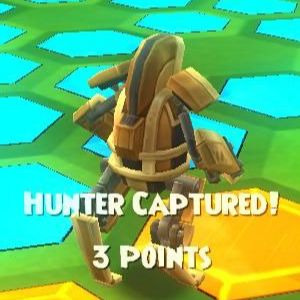

As you move, every space you snag for your team grants you one point each. Capturing an opponent’s piece (again, I’ll cover that later) will grant you three points. There are also treasure chests in your opponent’s corner worth ten points.
PART TWO: ASSIGNING MOVEMENT
At the beginning of the round, you’re given 30 seconds to assign one card in your hand to each of your pieces. Turn order is random. Players are given free roam to move in all 6 possible directions, and will move based on the cards you give them.

Some cards will have special letters under them; more specifically, H, S, and C. These cards, when assigned to the correct piece—H for Hunter, S for Scrapper, and C for Charger—will grant said piece extra spaces at the end of their turn. Nice!
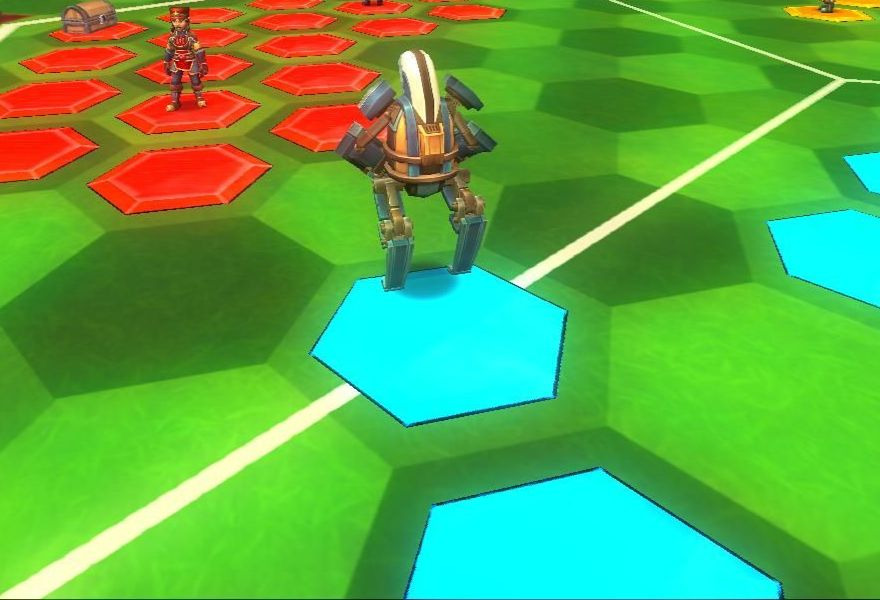
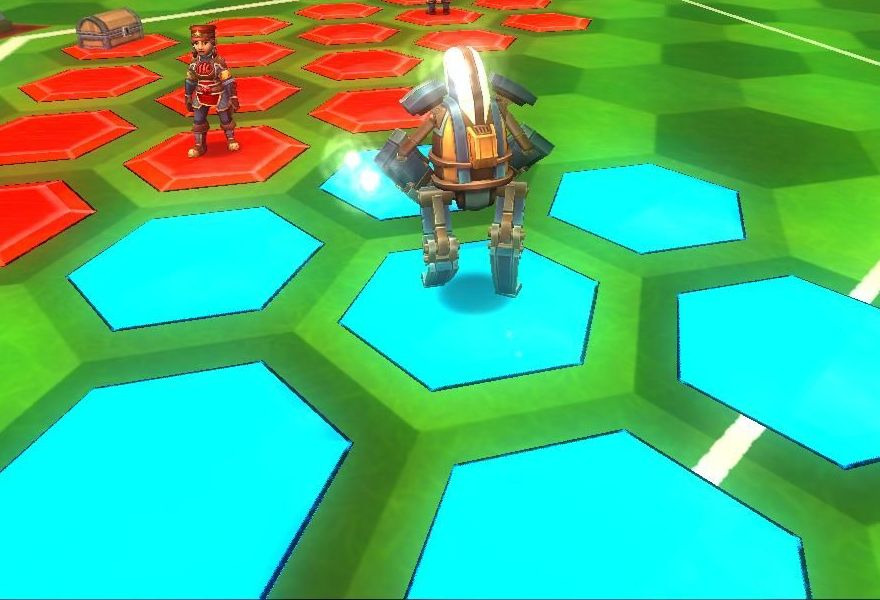
PART THREE: CAPTURES AND BUMPS
But what happens when you run into an opponent’s piece, you might ask? The answer can be one of two things: a capture or a bump. When a piece is captured, it’s flung back to its starting point at the beginning of the game; however, only certain pieces can capture other certain pieces. This is where the counters I mentioned earlier come into place: Hunters can only capture Scrappers, Scrappers can only capture Chargers, and Chargers can only capture Hunters. To illustrate what I mean, Kingsisle added a lovely weapon triangle in the bottom-left of the screen so you never forget!
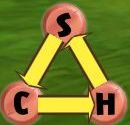
If a piece runs into its counterpart on the opposing team or a piece it’s weak to, a bump will occur instead of a capture. What happens during a bump depends on the piece initiating it: a Hunter will bump pieces a space back, then go one space before ending their movement; a Scrapper will swap places with the opposing piece before resuming its movement; and a Charger will knock pieces two spaces back before ending its movement.
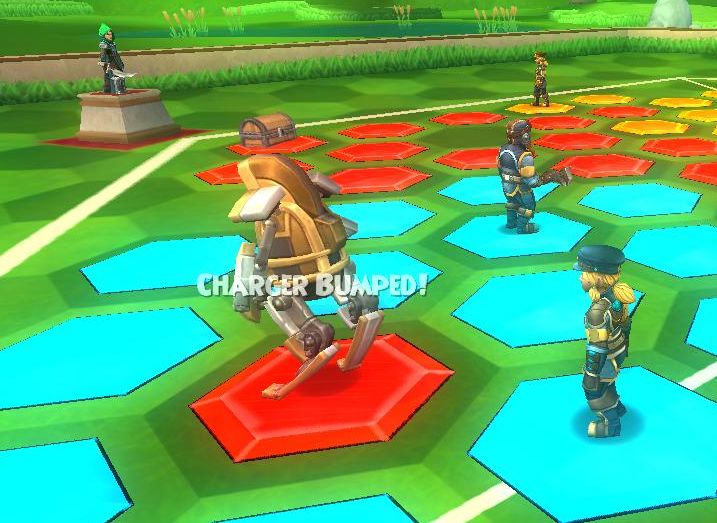
PART FOUR: STRATEGY
To finish things off, I’ll be listing a few things I think are worth noting as you play Whirlyburly yourself:
- There are a finite number of special cards in your “deck.” Do you want to use them early for a strong lead, or wait until the last few turns to make a final push?
- Bumping a piece off the board entirely will force it back to its starting position. While this is effectively the same as a Capture, it won’t get you 3 points; however, doing this while your opponent’s skirting around the edge of the board can definitely throw them for a loop!
- Going for the treasure chests and/or enemy pieces can be a great strategy, but it’s also a highly risky one. Always be mindful of leaving your pieces wide open for Captures/Bumps, and be especially mindful of covering as much ground as possible!
All in all, Whirlyburly is a deceptively complex strategy game that requires a lot of mental work and careful planning. Hopefully this guide helped answer a few questions you had about the game and also inspired you to give it a go!
Want to learn more? Here is our Whirlyburly lesson series:
- Lesson 1: The Hexagon Battle
- Lesson 2: Get the Chests!